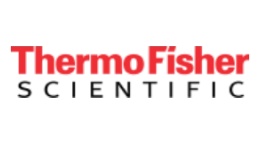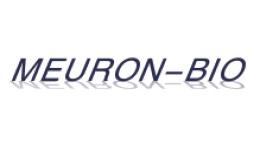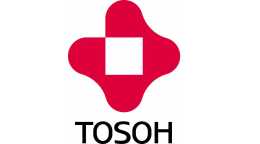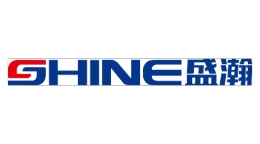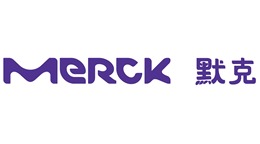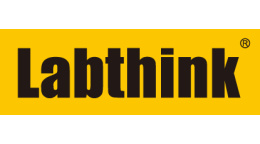方案详情文
智能文字提取功能测试中
The Authentication of Wine Using Analytical ChemistryThe most prevalent type of 'wine fraud' is one where wines are adulterated, usually with the addition of cheaper products.http://www.bio-conferences.org/articles/bioconf/pdf/2015/02/bioconf_oiv2015_02020.pdf For example, colouring agents such as elderberry juice and flavourings such as cinnamon and sweeteners are used to mimic the deep, dark colour and flavours of spices due tothe presence of different phenolic compounds found in the skin of the grapes. Counterfeiting and the relabeling of inferior and cheaper wines to more expensive brands is another common type of wine fraud. DetectingWine Fraud' In The Lab. While standard analytical methods such as GC/MS, LC-MS/MS and ICP-MS can provide a detailed analysis of wine compositions which can be used for detection of fraud, stableisotope ratio analysis (SIRA) has been particularly successful for this purpose. Authentication of wine by SIRA is based on the measurement of the ratios of the stable isotopes of carbon (13C/12C), hydrogen (2H/1H), and oxygen (180/160) withinmolecules and between different molecules. The distribution of isotopes in bio-molecules of sugar, organic acids, water, or fermented components like ethanol and glycerol iscontrolled by different fractionation processes as shown above. The results of these processes are stable isotope patterns which are characteristic for a specific year of vintage or geographical origin of a grape or wine. With knowledge of themechanisms responsible for such patterns, an expert interpretation of stable isotope data concerning authenticity or adulteration is feasible. Issue Isotope Ratios Used Ethanol (adding sugar to increase ethanol content) 2H/lH-methyl & methylene in ethanol 13C in sugars/ethanol Sugars (beet,cane and mixtures) 2H/1H-methyl & methylene in ethanol 13C in sugars/ethanol Water (addition) 180 water 2H/lH-methylene in ethanol Glycerol (synthetic, animal) c glycerol Carbon dioxide (synthetic, fossil) 13C carbon dioxide Tartaric acid (synthetic) 13C tartaric acid Geographical origin (mislabeling) 2H/1H-methyl & methylene in ethanol 13C ethanol 180 water Vintage (mislabeling) 2H/1H-methyl & methylene in ethanol13C ethanol 180 water The table shows the isotope ratios often used to investigate various aspects of wine authentication. For example, the addition of sucrose from sugar beet before fermentationto boost alcohol content can be detected from the 2H/1H ratio in the methyl and methylene groups in the ethanol in the wine. About 85% of the deuterium in sugar istransferred into the methyl hydrogens while 75% of the deuterium in grape liquid goes into the methylene hydrogens. Grape 8Geographic Origin Verification Using Analytical Chemistry These methylene hydrogen atoms are also closely related to the geographic and climatic background of the grapes. 1H-Nuclear Magnetic Resonance (1H-NMR) analysis of wine provides quantitative and highly reproducible information and is therefore well suited to the authentication ofwine. The combination of 1H-NMR fingerprinting (profiling) with multivariate analysis ("Wine screener") has already shown promising results for grape variety verification orother specific issues of authentication like geographic origin. In this respect, it is reasonable to use both 1H-NMR and SIRA,e.g. for a cross-validation for specific issues of authentication. Say 'cheers'to modern analytical chemistry! Clearly, the wine drinker can relax in the knowledge that modern analytical chemistry has been applied extensively in ensuring his drink is as safe and flavoursome as he canexpect for what he has paid! Further reading about the analytical chemistry of winemaking: 电化学 这些技术建立在对微弱电信号的灵敏测量基础上, 因此相关用水必须将潜伏杂质所造成的干扰下降至最低水平。对于电化学应用,建议使用 II 级水。在通常情况下,这种水的 TOC(总有机碳)<50 ppb; 菌数低于 1 CFU/ml(集落生成单位/毫升)。如果是超微量电化学分析则要求使用 I 级(超纯级)水。电位测定法 1电位测定法测量 2个电极之间的溶液电势。这是一种无源技术,因此在测量过程中对溶液的影响极小。随后将电势同一种或多种分析物的浓度关联起来。所用的单元结构通常被称为一个电极,尽管它包含 2个电极:一个指示电极,一个参考电极(与三电极系统中使用的参考电极不同)。电位测定法通常是用具有离子选择性的方式进行的,不同的离子使用不同的电极。最常见的电位测定电极是玻璃 pH 电极。PH 值测量PH 值测量是电位测定法的一个分支,用于测量液体的酸度或碱度。测量纯水的 PH 值是一件困难的事情,因为这种溶液的离子强度极低,并且它会快速吸收二氧化碳,而这会影响观察到的读数。2电量测定3电量测定使用外加电流或电势将分析物从一种氧化态完全转换成另一种氧化态。这些实验直接或间接测量所通过的总电流,从而确定通过的电子数。这可以指示分析物的浓度,或在浓度已知时,指示与氧化还原偶有关的电子数。电极板电解,也称为“受控电势电量测定”,或两者以某种形式组合的名称。这种电解可能是最常见的电量测定形式。伏安法4伏安法在一个电极表面施加恒定和/或不定电势,然后用三电极系统测量得到的电流。这种方法可以测量分析物的还原电势、电化学反应性以及其它属性。这种方法具有真正意义上的无损性,因为在工作电极和辅助电极的二维表面上只会消耗极少量的分析物。极谱法极谱法是伏安法的一个分支,它使用滴汞电极作为工作电极,通常以所得到的汞池作为辅助电极。鉴于汞的毒性,再加上低廉、惰性、易于清洁的高质量(如用贵金属和玻璃碳素纤维制成)电极的诞生,汞电极的使用已大为减少。5电流测定法6电流测定法是伏安法的一个子类,它在不同的时间长度内保持电极的恒定电势。历史性差异导致当前存在某些混淆说法。比如,差分脉冲伏安法(可以看成是线性扫描伏安法和计时安培分析法的组合)也被称为“差分脉冲电流测定法”。电流测定法与其它形式伏安法的一个区别是,它通常叠加指定时间内的电流,而不是将它们作为单个电势来考虑。通过这种叠加,可以获得更大的数据集,并且减少错误。电流滴定法会被当做电流测定法,因为它测量电流,但不会被当做伏安法,因为在实验期间,整个溶液都会被转换。我们会持续跟大家分享不同实验分析和应用对纯水水质的等级要求,感兴趣的话请关注我们 ELGA_VEOLIA 的微信公众号哦!
关闭-
1/1

产品配置单
威立雅水处理技术(上海)有限公司为您提供《实验用水中金属电解精炼、湿法电冶炼、电铸、电镀、水质分析等检测方案(纯水器)》,该方案主要用于包装饮用水中理化分析检测,参考标准《暂无》,《实验用水中金属电解精炼、湿法电冶炼、电铸、电镀、水质分析等检测方案(纯水器)》用到的仪器有Purelab Chorus 1 Complete/Chorus 2+。
我要纠错
推荐专场
纯水器、超纯水器、纯水机、超纯水机
更多相关方案
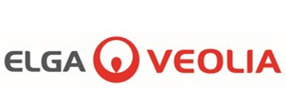

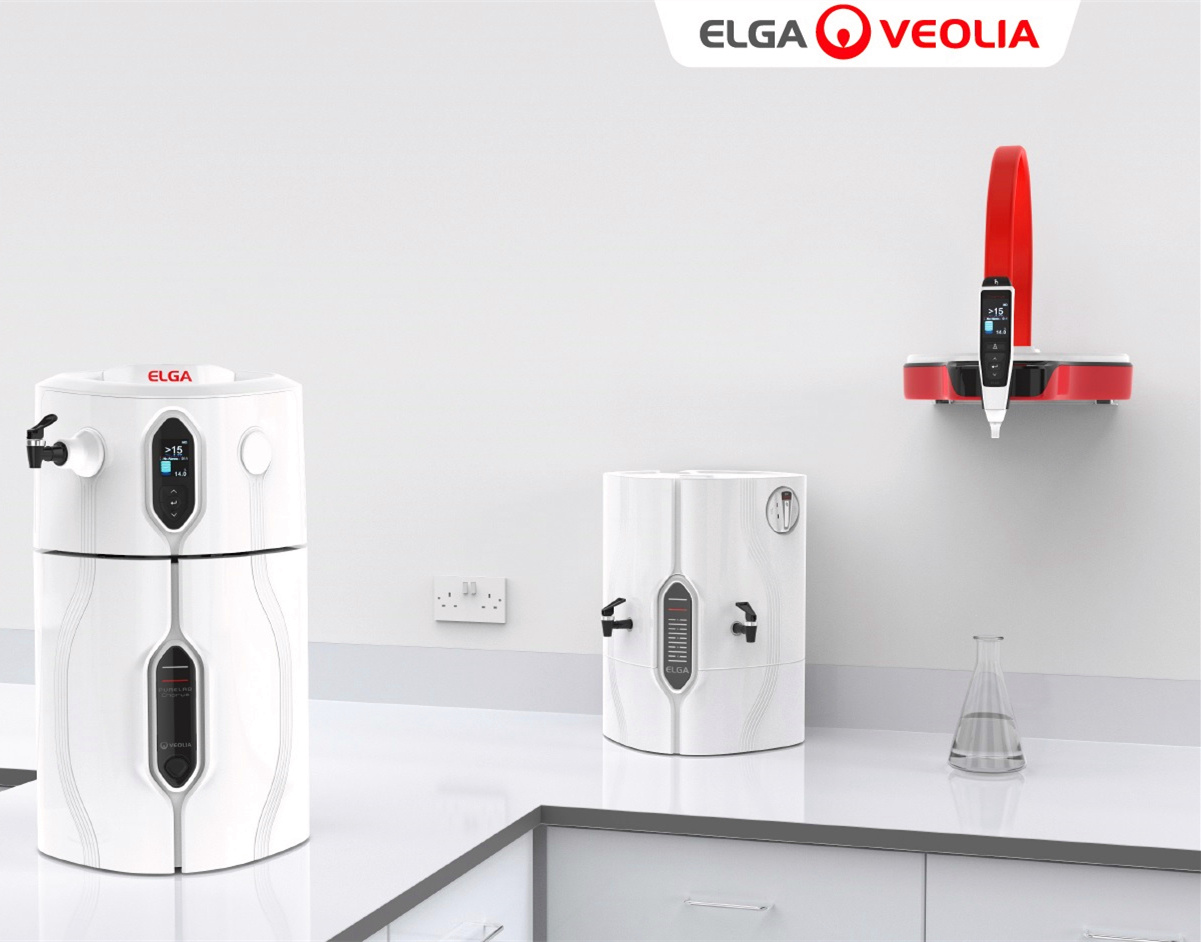
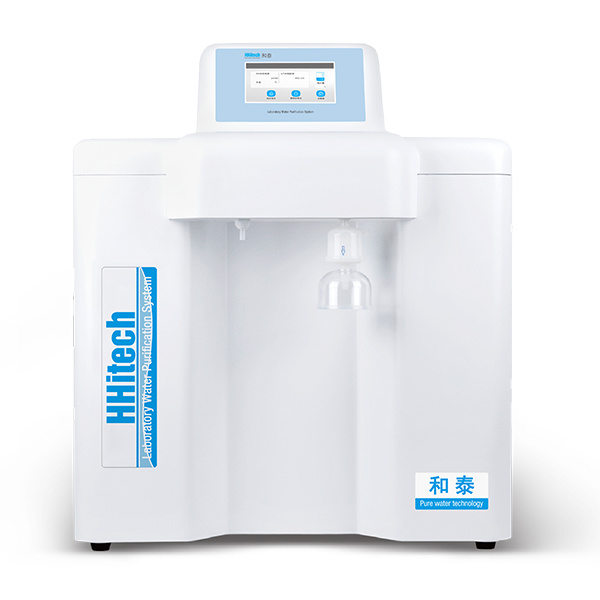
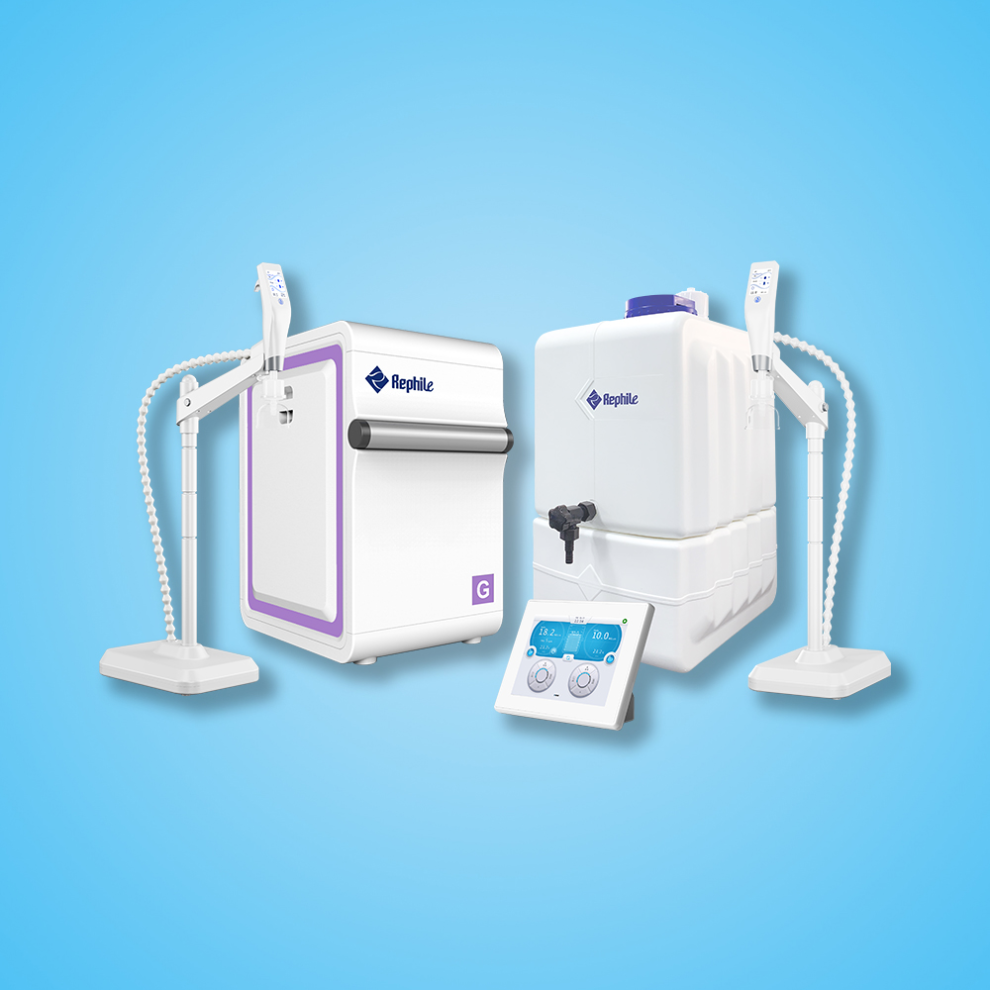
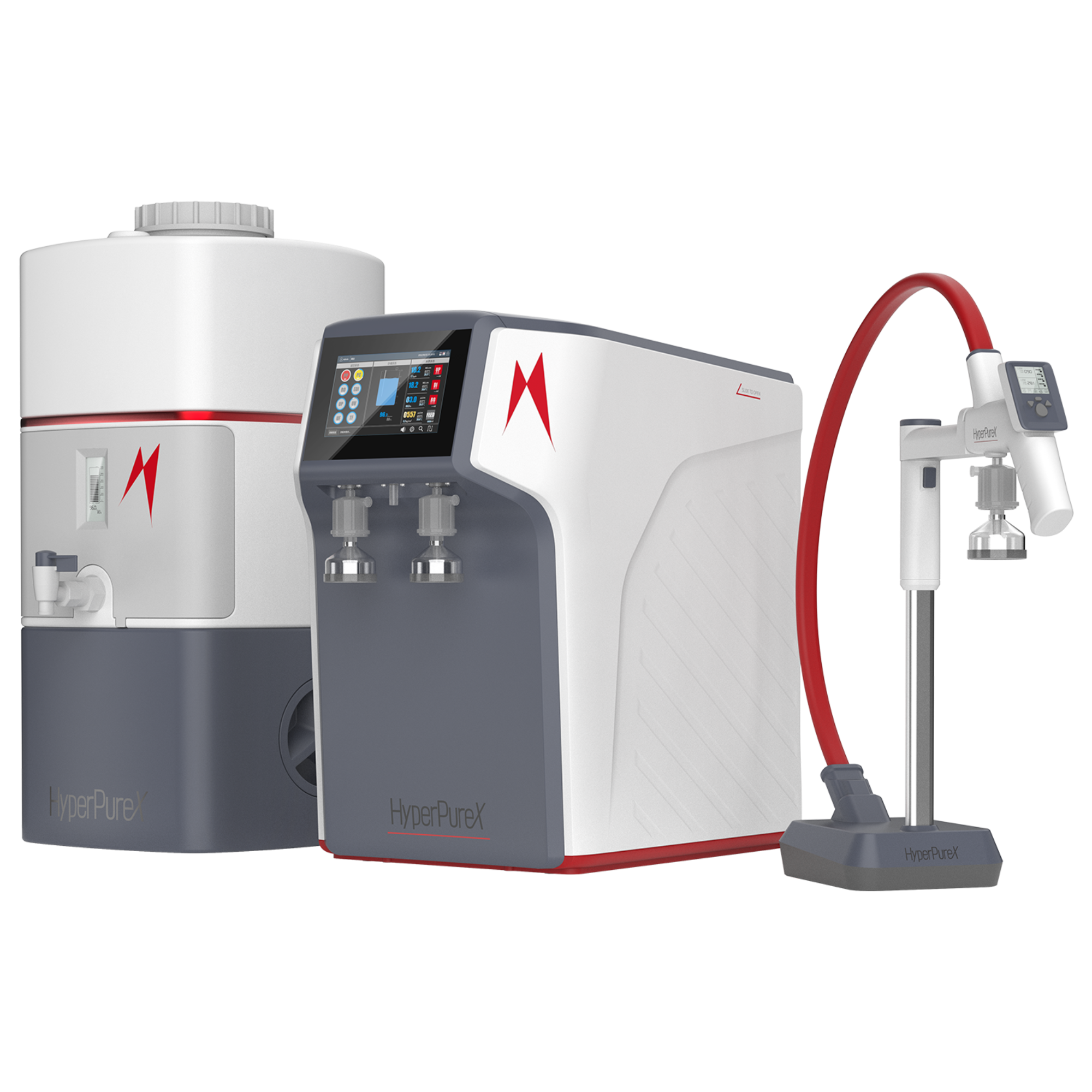
 咨询
咨询